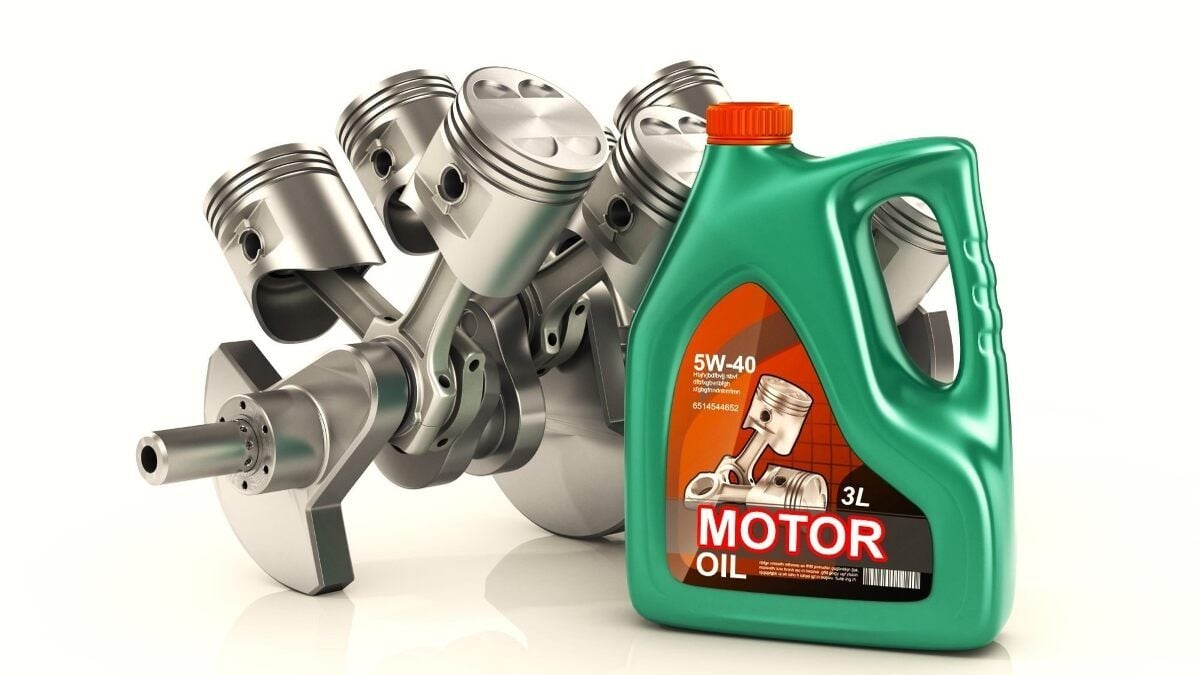One of the questions about ZDDP (Zinc Dialkyl Dithiophosphate) in your motor oil is whether there is too little or too much in your car’s motor oil. Perhaps, you’ve even heard of ZDDP used as an important part of special motor oil formulations for breaking in your engine.
What is ZDDP?
ZDDP is known for its anti-wear properties that works by forming a protective layer on metal surfaces―which is particularly important with high-pressure areas such as those involving camshafts, lifters, rocker arms, and bearings where it helps to prevent excessive wear with the benefit of making your engine’s components last as long as possible.
ZDDP also possesses antioxidation and other corrosion-inhibiting properties that are a problem engines face when oxygen is exposed to high temperatures in your engine.
However, in modern cars and motor oil formulations, ZDDP content has been reduced significantly due to the possibility that the zinc from the ZDDP can shorten the life of catalytic converters and thereby affect a car’s emissions control systems.
How Does ZDDP Work?
The zinc in ZDDP is a polar molecule that has the property of easily binding to and chemically reacting with metal surfaces, producing what is referred to as a “sacrificial coating” (a protective coat) that takes the brunt of friction between two opposing metal surfaces.
This does mean that zinc necessarily reduces friction―in fact, zinc actually increases friction―and that’s where many car owners get confused over just exactly what it means when either more or less zinc additives are used in motor oils today and whether you should consider adding some to your motor oil.
The Truth About ZDDP Additives
To help clarify the misconceptions car owners have over zinc and what it means to them and their car, the host (a Lubrication Engineer Certified Lubrication Specialist and Oil Monitoring Analyst) of The Motor Oil Geek YouTube channel uses science rather than speculation to deliver real data about motor oil and how it can affect a car.
In this recent video the host will clarify the truth about ZDDP additives by:
- Explaining how friction and wear are two different phenomena often misunderstood.
- How too little and too much of a good thing like zinc can have adverse effects on car parts.
- Why finding the right amount of ZDDP is the goal in your motor oil.
- Why it’s not only the amount of zinc used, but the type of zinc used is also important.
- Why surface types and metallurgy of parts in contact with each other are important when understanding how ZDDP affects your engine’s components.
- Which commercial motor oils are limited relative to each other regarding the maximum amount of ZDDP added allowed.
- Which motor oils with ZDDP are catalytic converter friendly.
- How break-in oil compares to both non-break-in oil and high-performance motor oil in a wear analysis experiment.
Be forewarned, this video is pretty heady and will have you reaching for a bottle of aspirin. The best route to take is to follow along as best as you can and go to the highlight summary provided below the video.
That said, here is the video that offers sound advice car owners need to understand when it comes to the ZDDP confusion that abounds.
More Zinc = More Wear? The Real Truth About ZDDP Additives
Highlight Summary of the Video
- Wear and friction are independent factors that should not be assumed are the same thing.
- There is no one-size-fits-all motor oil for every car.
- What happens with your engine and its motor oil is a multifactorial process and car owners should not fall for the zinc additive marketing hype of buying and using ZDDP as a selling point. It’s just not a simple matter of adding more to get more protection for your car.
- In fact, too much ZDDP can be harmful to your engine and result in excessive wear of its components.
- The motor oil you use in your car recommended by the manufacturer is already formulated for the correct level, right type and right balance of zinc your car’s engine needs. Don’t play chemist and experiment with additives regardless of what the label claims.
For additional motor oil related articles, here are three for your consideration:
- Important Oil Filter Trick for Longer Engine Life
- What Happens When Your Car’s Oil Filter Gets Clogged
- Oil Change Failures: Expect the Unexpected
Timothy Boyer is an automotive reporter based in Cincinnati. Experienced with early car restorations, he regularly restores older vehicles with engine modifications for improved performance. Follow Tim on Twitter at @TimBoyerWrites and Facebook for daily news and topics related to new and used cars and trucks.
COMING UP NEXT: The Worst Apple Accessory for Your New Car
Image Source: Deposit Photos





